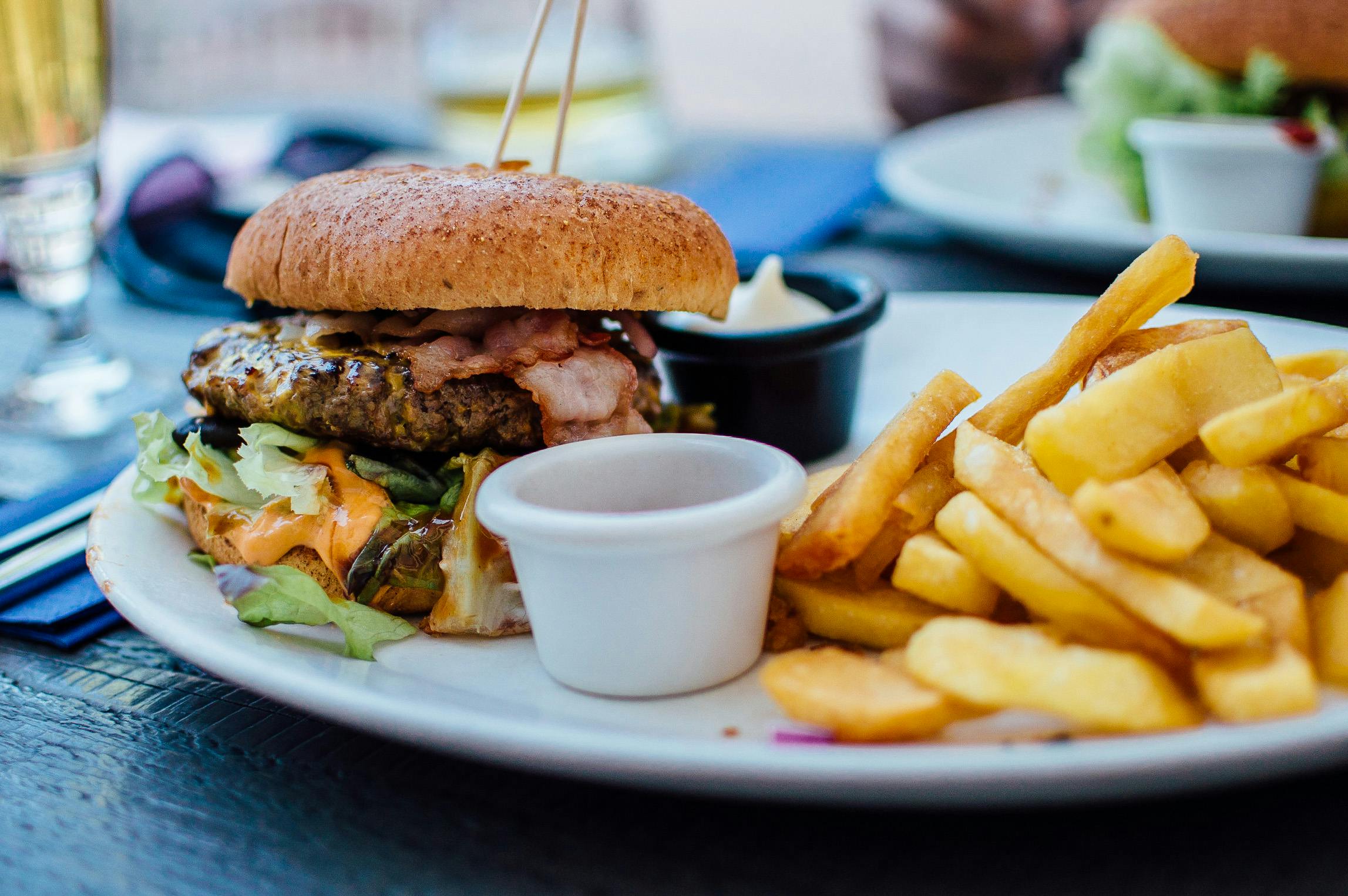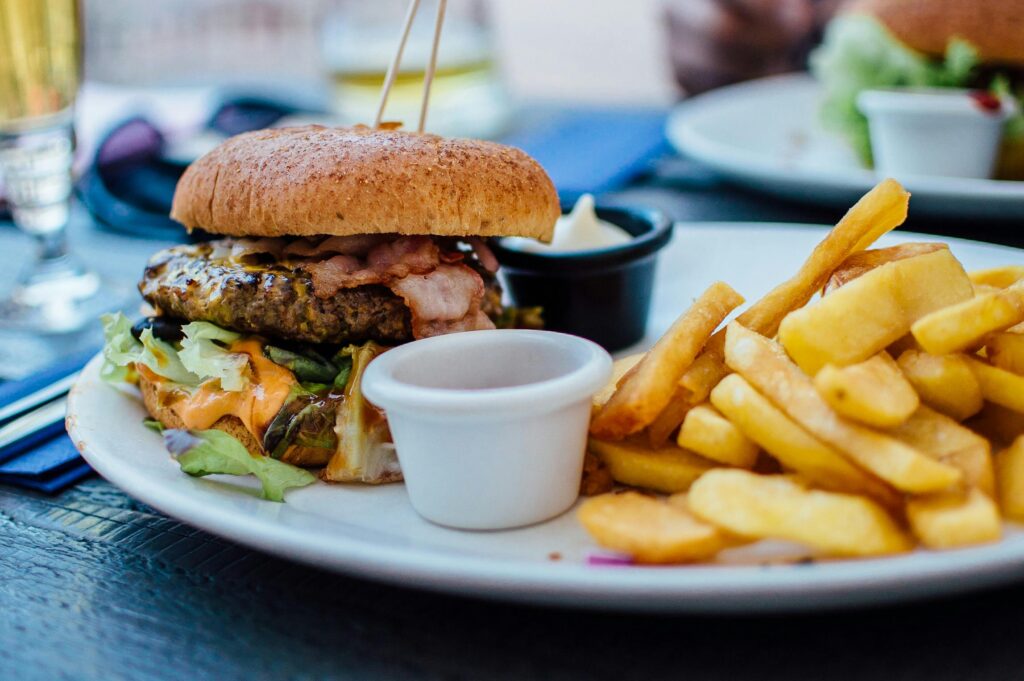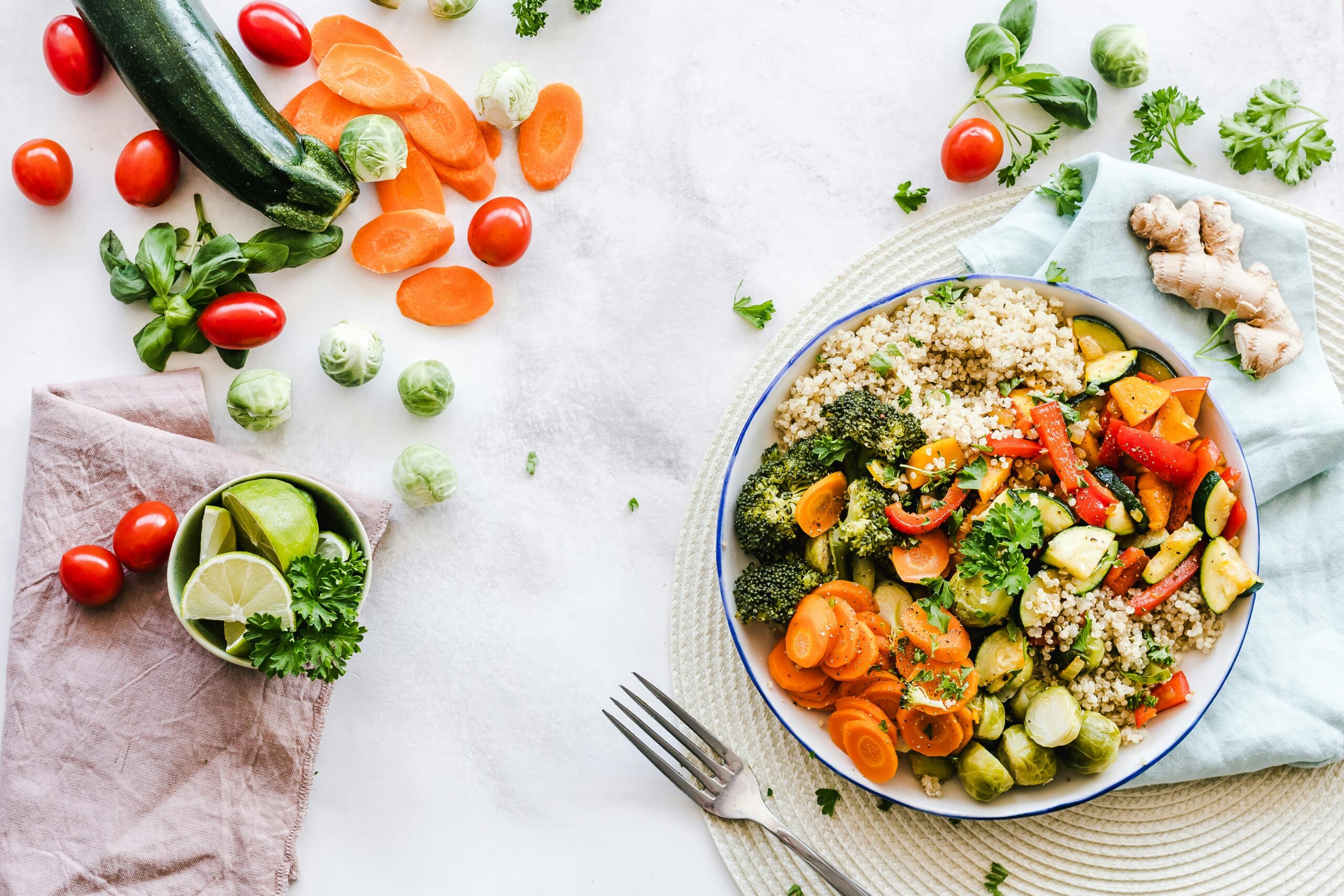
- Health
Ultra-Processed Foods: Why We Pay for Convenience with Our Health

Around half a million years ago, people spent their days hunting and gathering food — walking, tracking, foraging. It was a full-time job that required both strength and ingenuity. And during that time, we evolved the bodies we still live in today: bodies built to move, to seek, and to digest real, natural food.
Oh, what a time that must have been! Our ancestors ate purely what nature offered — wild greens, fresh meat, fruits and roots whose origins they knew. Compared with our modern diet, it sounds almost idyllic.
How Convenience Took Over
About 5,000 years ago, humans began settling into agricultural life. Then, only about a hundred years ago, we entered a new era: preservatives, refrigeration, and industrial food processing changed everything.
No doubt about it — food processing has been a blessing. It freed us from spending every waking hour searching for food and allowed us to live creative, productive, and comfortable lives.
Processing itself isn’t inherently bad. It can mean anything from frying and boiling to salting, fermenting, or drying. In fact, nearly everything we eat has been processed in some way. But as with so many things, there’s a point where progress becomes excess.
When Food Becomes a Science Experiment
Take milk powder, for example.
To make it, fresh milk is standardised, pasteurised, evaporated under vacuum, and finally spray-dried in a tower of hot air. Tiny droplets of milk dry mid-air and fall as a fine powder. The result? A product that can last up to three years and can be reconstituted into four to eight litres of milk from just one kilogram of powder.
It’s a technological marvel.
Milk can be produced cheaply in one country, shipped as powder across the world, and turned back into liquid wherever it’s needed. For producers and consumers alike, it’s efficient, affordable, and wonderfully convenient.
But — as always — that convenience comes at a cost.
What We Lose When We Gain Convenience
Ultra-processed foods strip away natural nutrients, antioxidants, and heat-sensitive vitamins, such as vitamin C. They also lose much of their aroma and flavour, as volatile compounds evaporate or oxidise during processing.
To compensate, manufacturers add artificial flavours, enhancers, colours, and stabilisers — effectively recreating taste in a laboratory.
That’s how we end up with foods that are too good to be true: crisps, nuggets, ketchup, fizzy drinks, sugary cereals, sweets and pastries — foods that dazzle the senses but do little to nourish the body.
Countless studies have already confirmed what common sense tells us: the higher the proportion of ultra-processed foods in your diet, the greater your risk of chronic disease and premature death.
Finding the Balance
The food industry isn’t the enemy — it has given us safety, choice, and convenience on an unprecedented scale.
But balance determines whether technology serves us, or slowly harms us.
Here are three simple ways to reclaim control:
- 🥕 Cook at home using fresh, unprocessed ingredients.
Home-cooked meals are healthier, often cheaper, and deeply satisfying. - 🚫 Limit fast food, sweets, and sugary drinks.
They’re tempting, but their long-term effects on health aren’t worth the short-term pleasure. - 📜 Read labels and ask questions.
In the European Union, you have the right to know what’s in your food. Use tools like NUTO.ee to check ingredients and make informed choices.
We don’t need to abandon convenience to stay healthy.
But we do need to understand the price we pay for it — because sometimes, that price is our well-being itself.
Let’s live wisely, eat consciously, and stay well. 🥦
Related Posts

